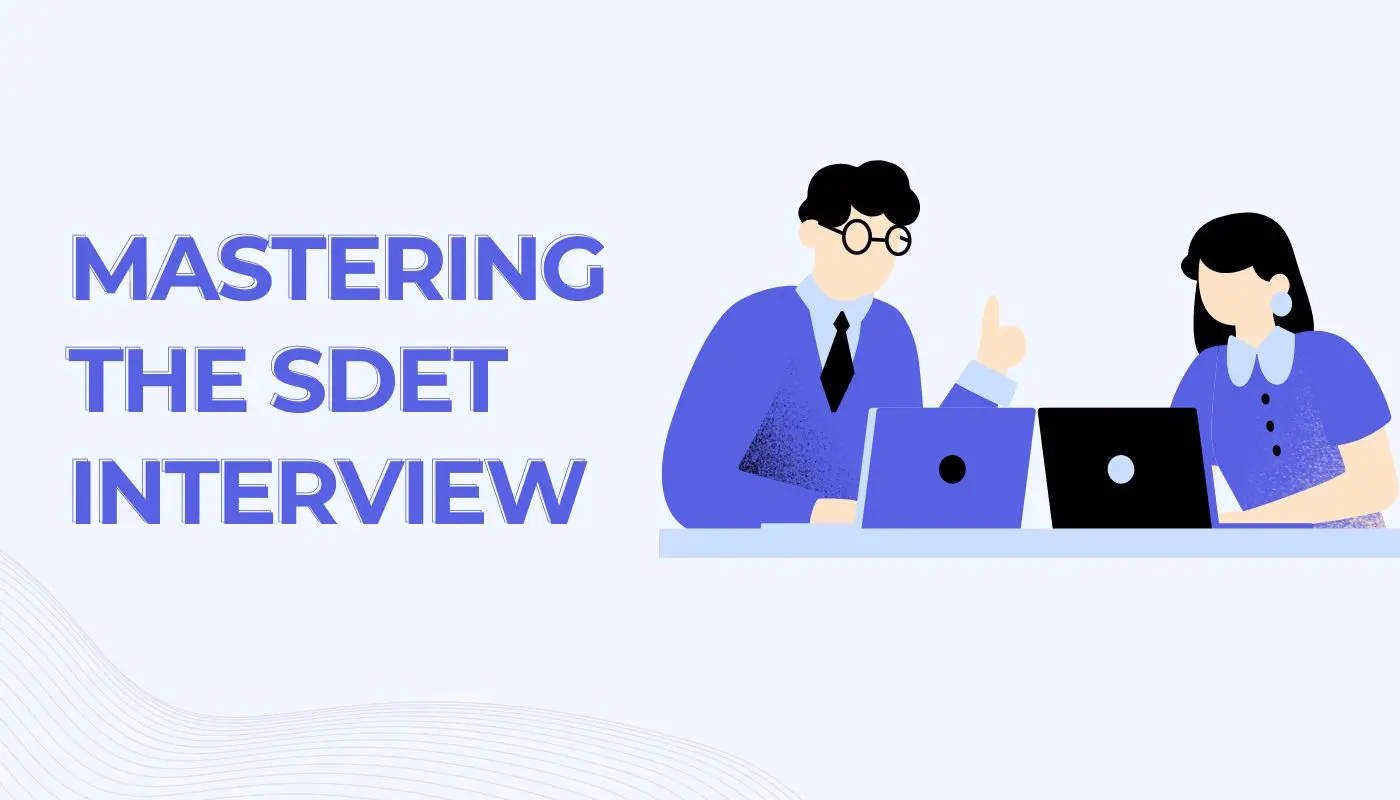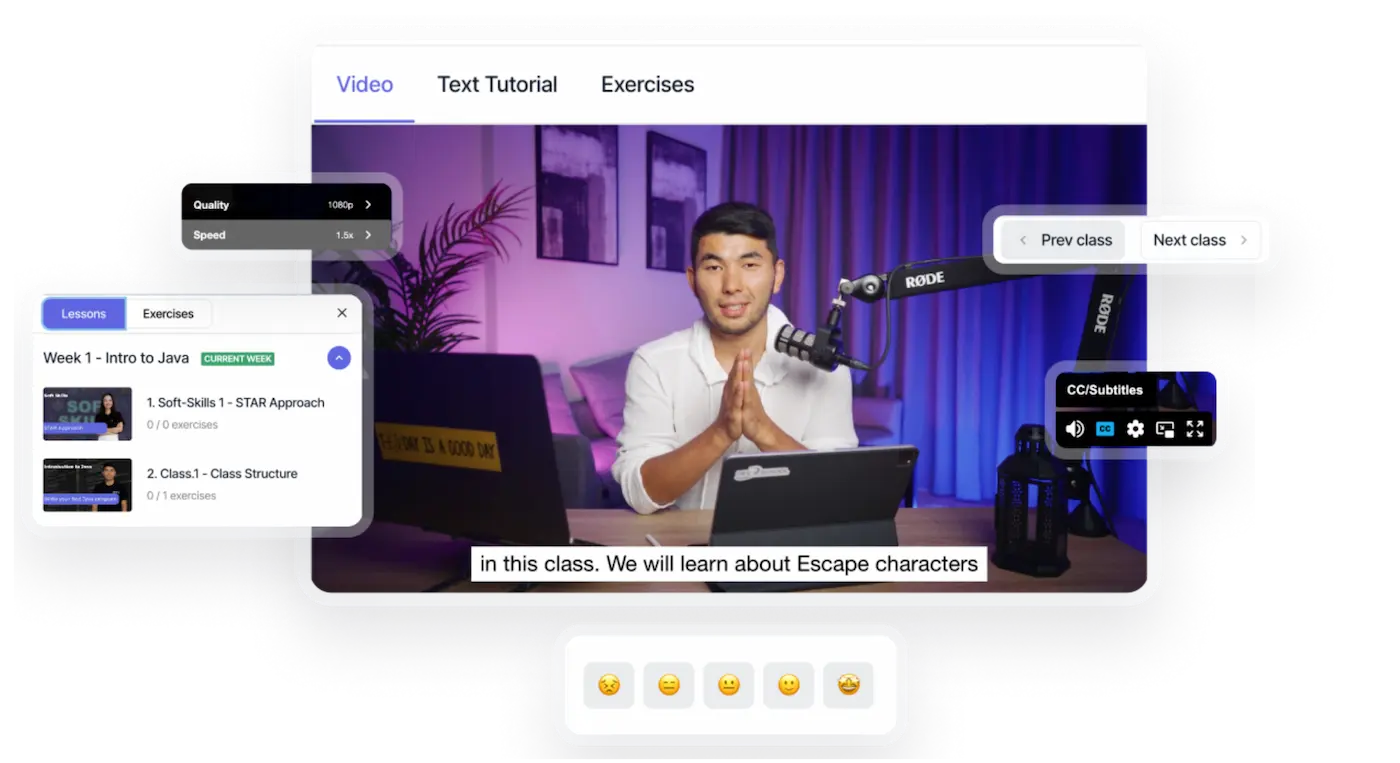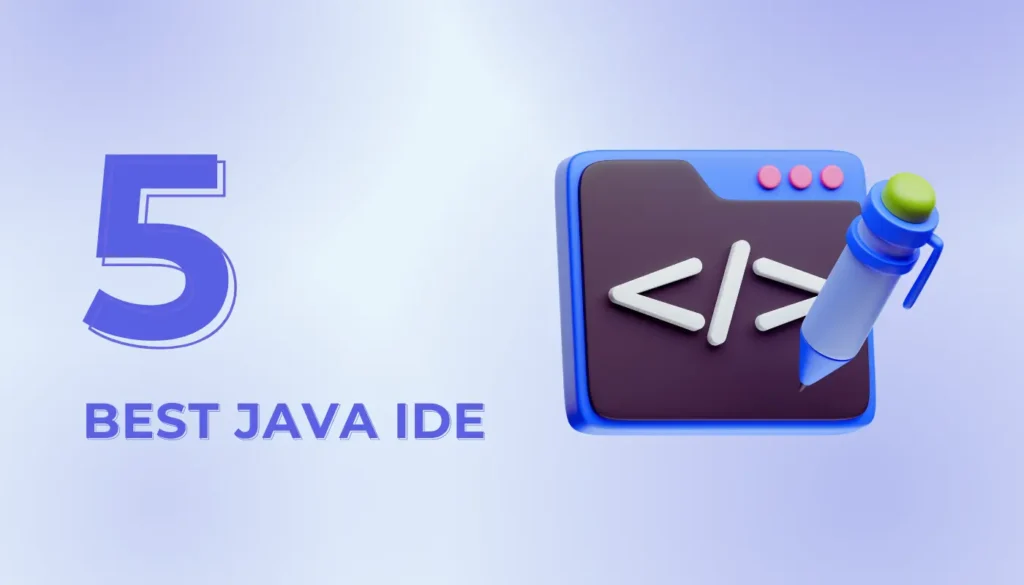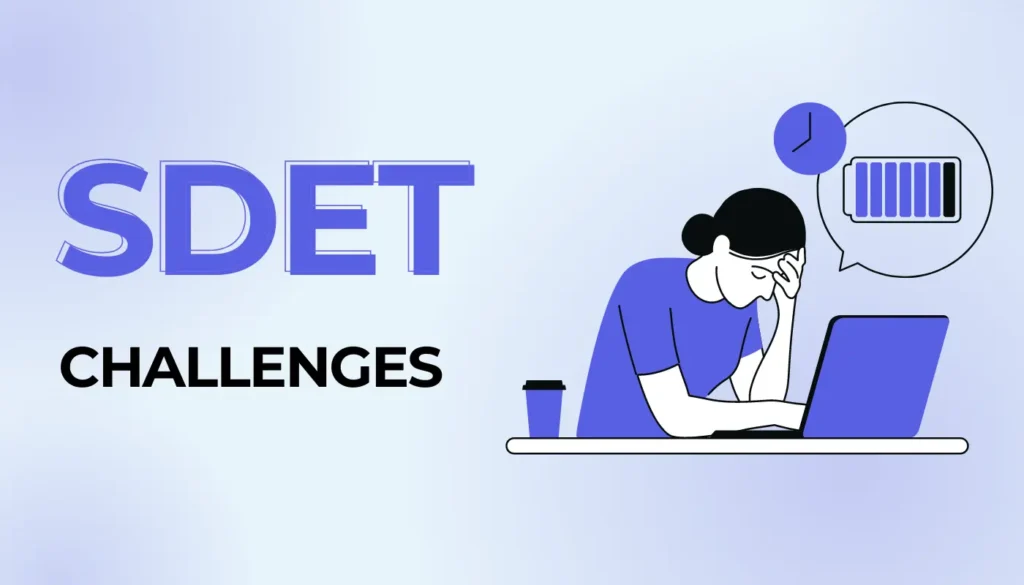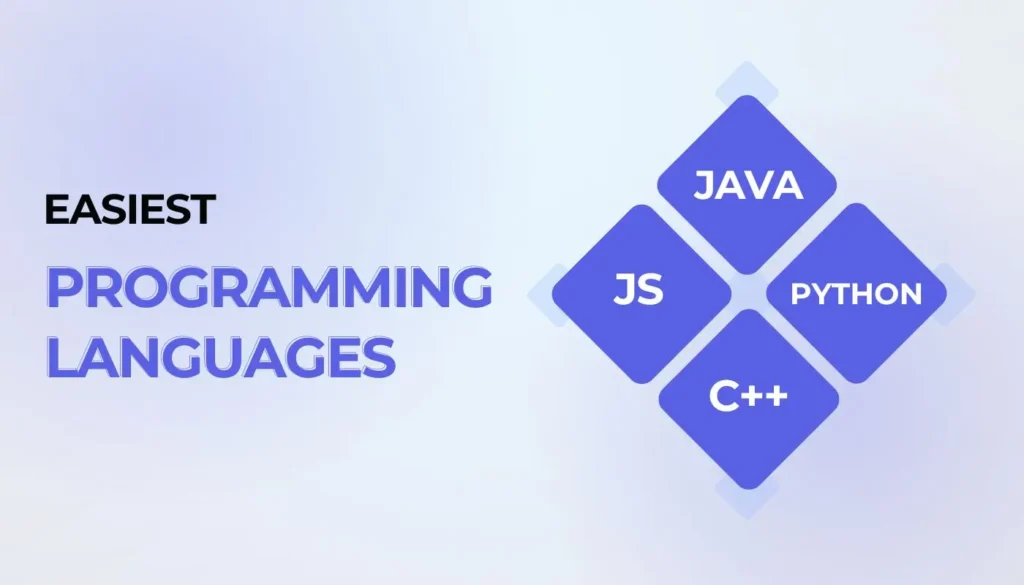Introduction
In today’s highly competitive job market, it is essential for Software Development Engineer in Test (SDET) candidates to be well-prepared for their interviews. This article will provide an in-depth look at common SDET interview questions and best practices to help candidates succeed in the hiring process. We will also explore various resources and training options available to enhance SDET skills and increase job prospects.

Common SDET Interview Questions
- Frequently asked questions related to software testing, automation, and programming skills.
Best Practices for SDET Interviews
- Tips and strategies to tackle the interview effectively and stand out from other candidates.
Resources for SDET Training and Skill Development
- Recommended courses, training programs, and online resources to enhance SDET skills.
AI POWERED
CODING PLATFORM
- DEVXAI ASSISTANT
- 300+ CODING EXERCISES
- REAL-LIFE CODING EXERCISES
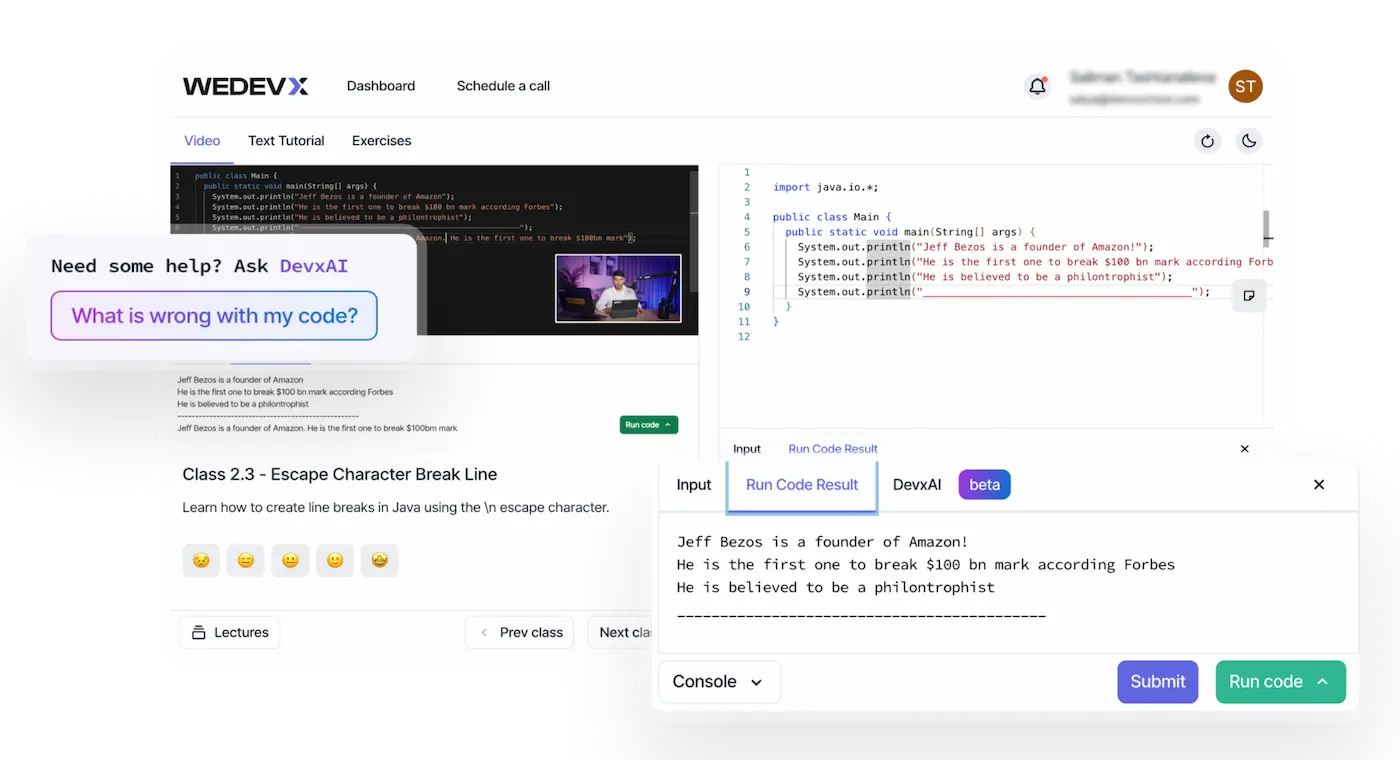
Preparation for the interview
How do you prepare for something like a job interview? For some people, it’s an easy question, but for others – it isn’t, it’s complicated, as it is always with life. When you become a professional in a given field, it feels like a cakewalk, you flash your resume, you show off your recommendations and projects and most likely you are going to hear questions that you previously dealt with.
But what if that’s your first interview? Or you have no experience in that field and you really want this job? There are many questions but not enough time to be ready for everything. Here are a few recommendations you can do before you go to an interview (and applying them may be as easy as updating your CV in a minute and as hard as studying something for 6 months straight with no breaks and pauses and handling your main job and family duties simultaneously).
Pick a man/woman that will be your career hero on Linkedin
Go to a Linkedin page and select a person that you perceive as a “perfect QA engineer”, “astronaut”, “SEO”, etc. Carefully look at their credentials, portfolio, and career path. Ask yourself “Why and how did they get where they are right now? Find what was their first working position and get a list of skills they possess and computer programs/programming languages they know. Now select something from the list and start learning it, soldier!
For instance, we can find this guy if we google “best SDET guy in the world”

Pick a perfect job that will be your career goal
Were you always dreaming of working at Tesla, Google, or Meta? Don’t let your dreams (chuckle) be dreams, pursue them! Go to your dream company’s website and see what are their requirements for your future job. Make a list of required skills and experience and start working on it, implement this into your long-term strategy.

Prepare for an interview with ChatGPT
OpenAI ChatGPT is all the rage right now, and for good reasons. Along other thing you can ask it with the prompt above to model a conversation in order to see what kind of questions interviewer might ask and how you should respond. Feel free to modify this prompt to answer these questions personally and see how it unfolds further for you. Also make sure to double check the replies ChatGPT provides, because it can flat out lie sometimes.

Common SDET Interview Questions
Now with this out of the way, let’s see what kind of questions you may encounter during your QA interview. By this stage we are hoping that you are somewhat experienced with SDET.
During SDET interviews, candidates can expect a range of questions focusing on software testing, automation, and programming skills. Here are some common QA interview questions:
- Explain the difference between verification and validation in software testing.
Verification ensures that the software is built correctly according to specifications, while validation confirms that the software meets the intended user requirements and needs.
- What is test automation, and why is it essential for software development?
Test automation is the use of software tools to execute tests automatically, ensuring faster feedback, repeatability, and efficiency in the software development process.
- How do you approach designing test cases for complex software functionalities?
When designing test cases for complex software functionalities, I break down the functionality into smaller testable components and focus on boundary conditions and possible edge cases.
- Describe the advantages and disadvantages of using manual testing versus automated testing.
Manual testing allows for exploratory testing and a better understanding of user experience but can be time-consuming. Automated testing provides quick feedback and repeatability but requires initial setup and maintenance efforts.
- Share your experience in working with Continuous Integration/Continuous Deployment (CI/CD) pipelines.
I worked extensively with CI/CD pipelines, enabling rapid and automated software delivery, continuous testing, and seamless deployment to production, reducing the time-to-market significantly.
- How do you handle software bugs or defects during the testing process?
When I encounter software bugs or defects during testing, I follow these steps: (1) Reproduce the issue, (2) Isolate the root cause, (3) Log a detailed bug report with steps to reproduce, (4) Prioritize the severity, and (5) Collaborate with developers to fix and retest the issue.
- Explain the concept of test-driven development (TDD) and provide an example scenario.
Test-Driven Development (TDD) involves writing tests before developing the actual code. For example, in TDD, I would write a failing test for a specific feature, implement the feature to make the test pass, and then refactor the code if needed.
- Describe any experience you have with performance testing and strategies for optimizing software performance.
In performance testing, I use tools like JMeter to simulate various user loads, identify bottlenecks, and measure response times. To optimize software performance, I analyze database queries, optimize algorithms, and leverage caching mechanisms.
- How do you ensure the reliability and robustness of test automation frameworks?
To ensure the reliability and robustness of test automation frameworks, I follow best practices like modular design, proper exception handling, and maintainable code. Regular code reviews and continuous maintenance are essential for a stable framework.
10. What are the principles of Object-Oriented Programming (OOP)?
The principles of Object-Oriented Programming (OOP) include encapsulation (data hiding and abstraction), inheritance (code reuse and specialization), polymorphism (one interface, multiple implementations), and abstraction (representing essential features without exposing complexities).
11. Explain the difference between an abstract class and an interface in Java.
An abstract class in Java can have both abstract and concrete methods, while an interface can only have abstract methods. Additionally, a class can extend only one abstract class, but it can implement multiple interfaces.
12. What is the purpose of the “final” keyword in Java? How is it used?
In Java, the “final” keyword is used to indicate that a variable, method, or class cannot be changed or overridden. It provides immutability for variables, prevents method overriding, and restricts class inheritance.
13. Describe the Java Memory Model and explain the difference between stack and heap memory.
The Java Memory Model governs how threads interact with the memory during multi-threaded execution. Stack memory is used for method call frames, local variables, and references, while heap memory stores objects and arrays allocated dynamically.
14. Discuss the difference between ArrayList and LinkedList in Java. When would you use one over the other?
ArrayList is based on a dynamic array, offering fast random access but slower insertions and deletions. LinkedList uses nodes, providing faster insertions and deletions but slower random access. Choose ArrayList when you need frequent random access and LinkedList for frequent insertions and deletions.
15. Explain the difference between the “equals()” and “hashCode()” methods in Java. Why are they important?
The “equals()” method is used to compare the content of two objects for equality, while “hashCode()” generates an integer code used by hash-based data structures like HashMap. Both methods are crucial when dealing with collections and ensuring proper behavior when objects are stored or compared based on their content.
16. What is the purpose of the “static” keyword in Java? How is it used for variables, methods, and nested classes?
The “static” keyword in Java serves to define class-level entities that are shared across all class instances. For variables, it implies that the variable is shared among all objects of the class. With methods, it signifies that the method belongs to the class and can be invoked without creating an instance. Regarding nested classes, it signifies that the nested class is linked to the outer class and accessible without instantiating the outer class.
17. Explain the difference between method overloading and method overriding in Java.
Method overloading permits the definition of multiple methods with the same name but different parameters within the same class. In contrast, method overriding transpires when a subclass furnishes a distinct implementation for a method already stipulated in its superclass, employing the same method signature.
18. Discuss the difference between a Java interface and an abstract class. When would you use one over the other?
A Java interface exclusively accommodates abstract method declarations and constants, while an abstract class is capable of encompassing both abstract and concrete methods. Interfaces are suitable for formulating a contract that numerous unrelated classes can fulfill. Conversely, abstract classes prove beneficial when a foundational shared class is desired, delivering collective functionalities to its derived classes.
19. Explain the concept of garbage collection in Java. How does it work?
Garbage collection in Java entails an automated procedure wherein the Java Virtual Machine (JVM) autonomously repossesses memory from objects that have lost all references within the program. This process involves detecting and deallocating objects that have become unreachable, hence liberating memory and preventing memory leaks.
20. Describe the difference between StringBuffer and StringBuilder in Java. When would you use one over the other?
StringBuffer embodies synchronization and thread-safe attributes, rendering it apt for multi-threaded environments, albeit slightly encumbered by synchronization overhead. On the flip side, StringBuilder eschews synchronization, which translates to enhanced performance in single-threaded contexts.
21. What are the different types of exceptions in Java? Explain the try-catch-finally block.
In Java, exceptions can be categorized as checked and unchecked exceptions. Checked exceptions (like IOException) are checked at compile-time and must be either caught using a try-catch block or declared in the method signature using the “throws” keyword. Unchecked exceptions (like NullPointerException) are not required to be caught or declared.
22. What is the difference between checked and unchecked exceptions in Java?
Checked exceptions must be caught or declared, and the compiler enforces this rule. Unchecked exceptions do not need to be handled explicitly. They are usually caused by programming errors or unexpected conditions and extend the RuntimeException class.

Best Practices for SDET Interviews
To excel in SDET interviews, candidates should consider the following best practices:
- Thoroughly research the company and understand their software development and testing practices.
- Brush up on core software testing concepts, automation frameworks, and programming languages commonly used in SDET roles.
- Practice problem-solving and communication skills by working on sample SDET interview questions and scenarios.
- Highlight relevant experience and showcase any previous projects or achievements related to software testing and automation.
- Emphasize the ability to collaborate with developers, product managers, and other stakeholders in an Agile/Scrum environment.
Resources for SDET Training and Skill Development
To enhance SDET skills, candidates can explore various training and skill development resources:
- SDET Jobs: Research and apply for SDET job openings at Indeed, Linkedin (or you know, Google) to gain hands-on experience in real-world scenarios.
- SDET Course: Enroll in an accredited SDET course that covers software testing concepts, automation frameworks, and programming languages.
- SDET Training: Attend Wedevx workshops or training sessions conducted by industry experts to learn the latest trends in SDET.
- Online Resources: Utilize online platforms and forums dedicated to software testing and automation, such as Stack Overflow, GitHub and many others.

Conclusion
Mastering the SDET interview is essential for aspiring candidates looking to excel in the field of software testing and automation. By being familiar with common SDET interview questions, following best practices and continuously investing in skill development, candidates can increase their chances of securing SDET jobs. With the ever-changing technology landscape, it is crucial to stay up to date with the latest trends and continuously upgrade SDET skills to remain competitive in the job market.
